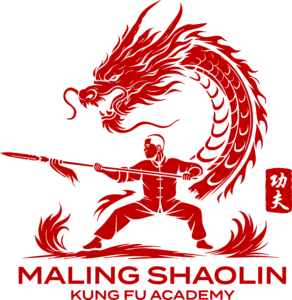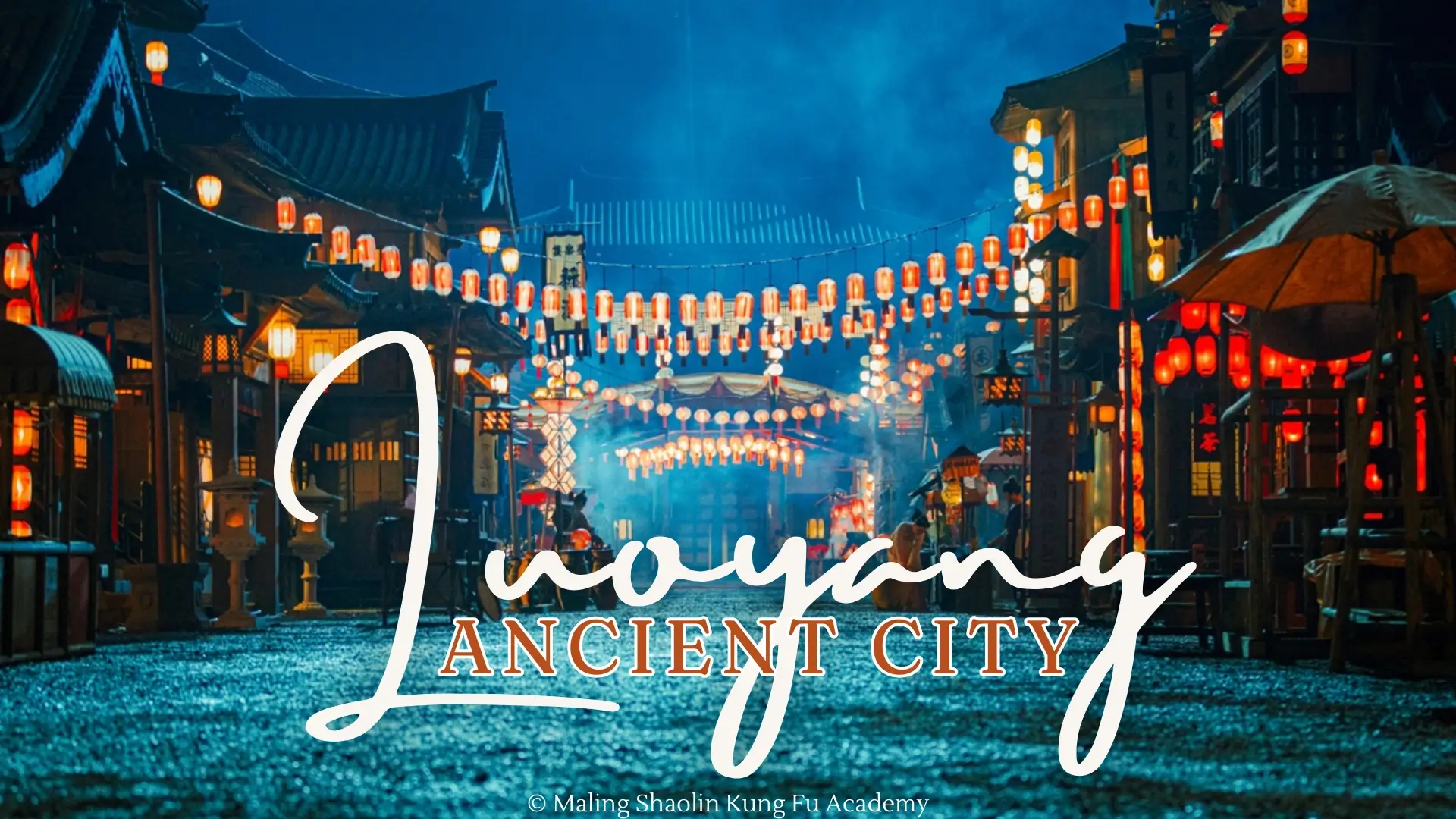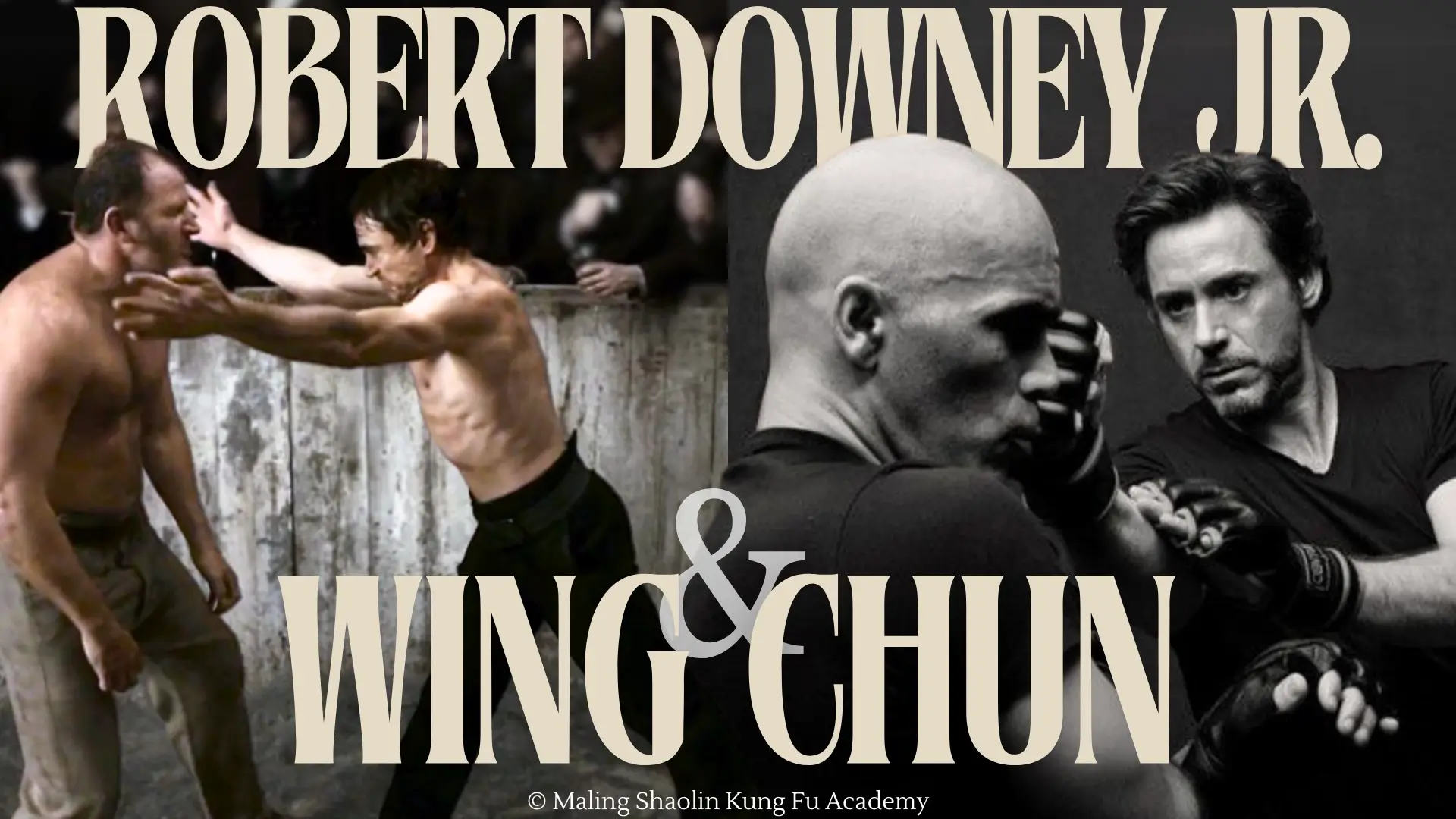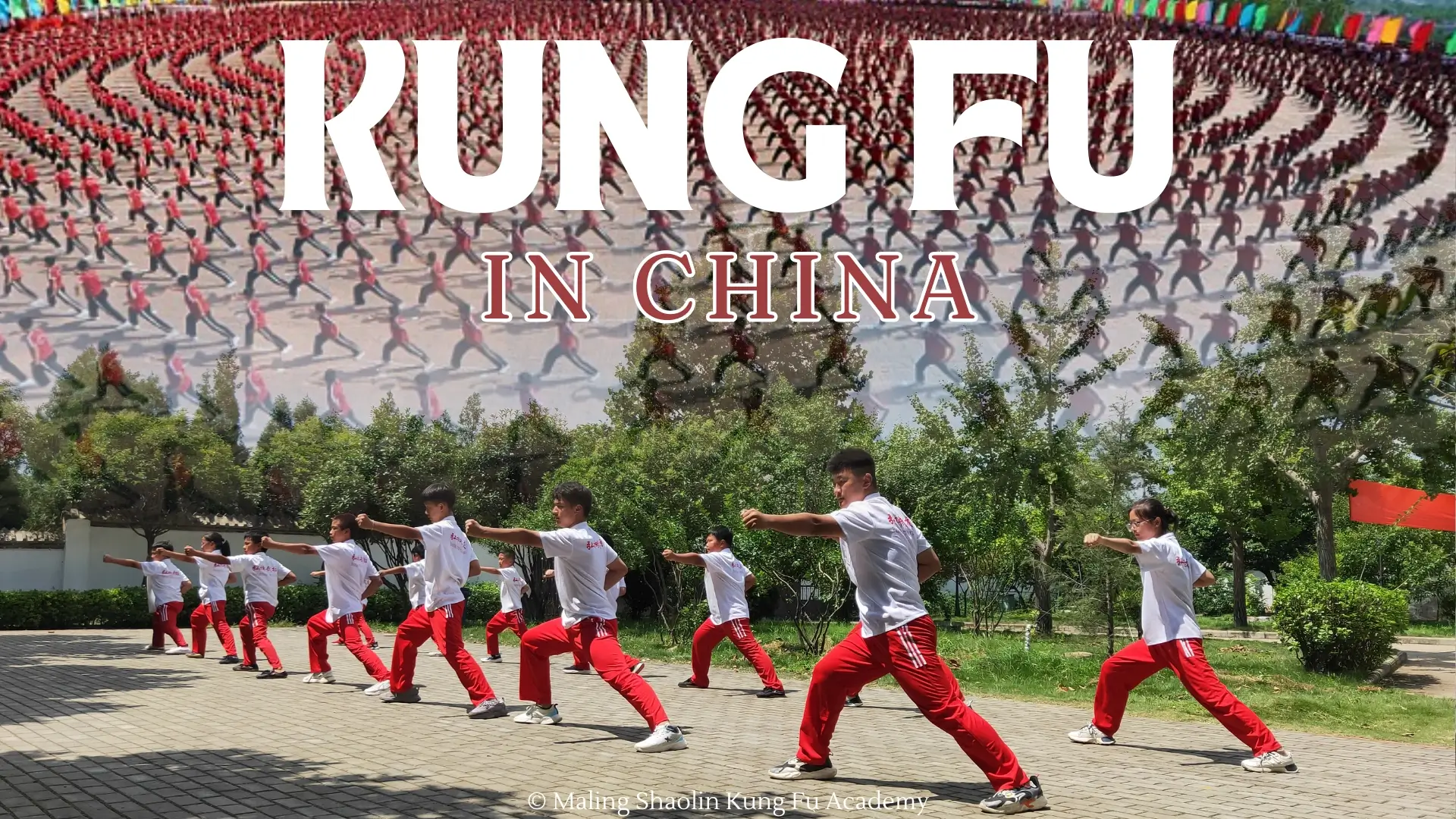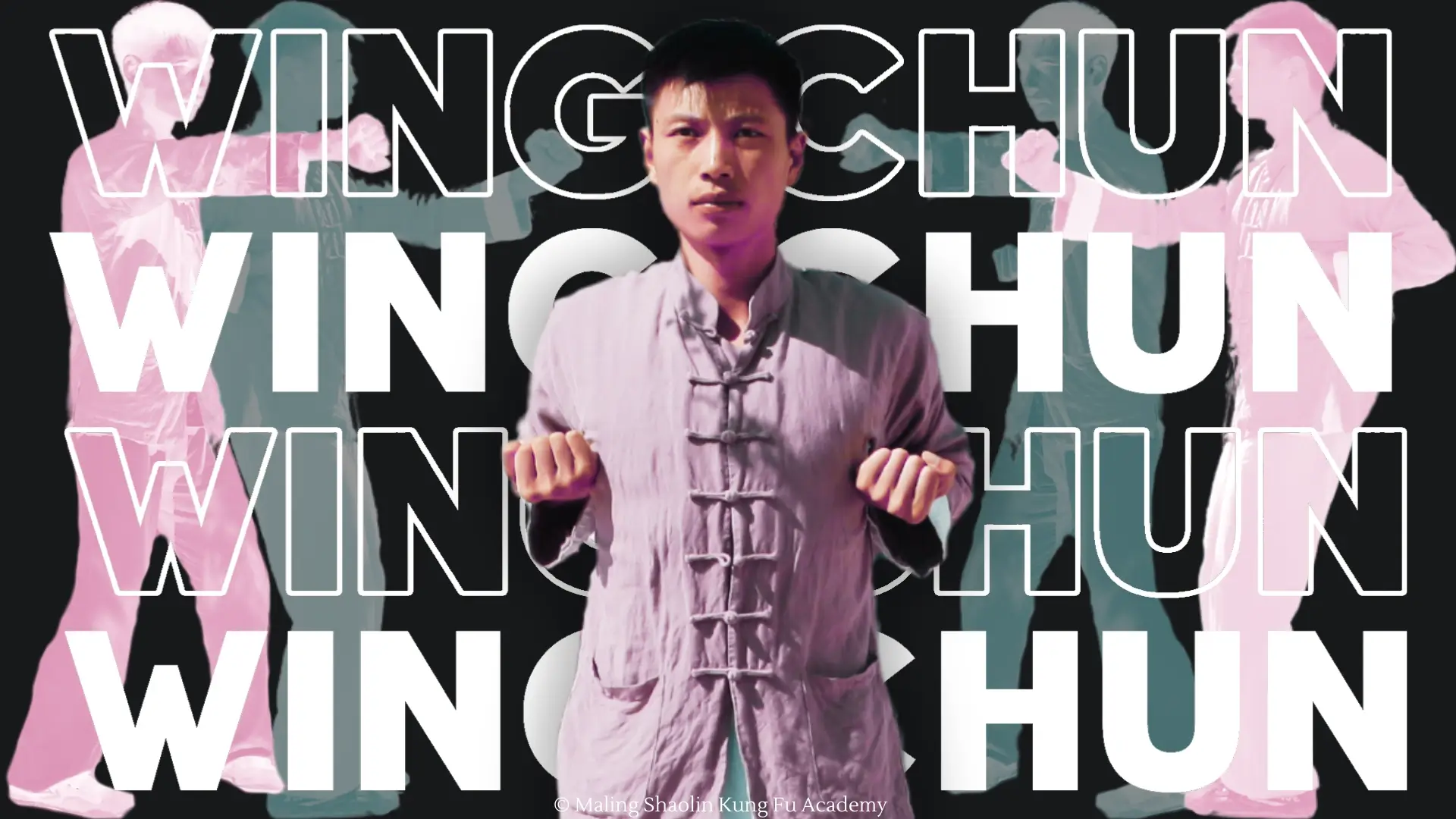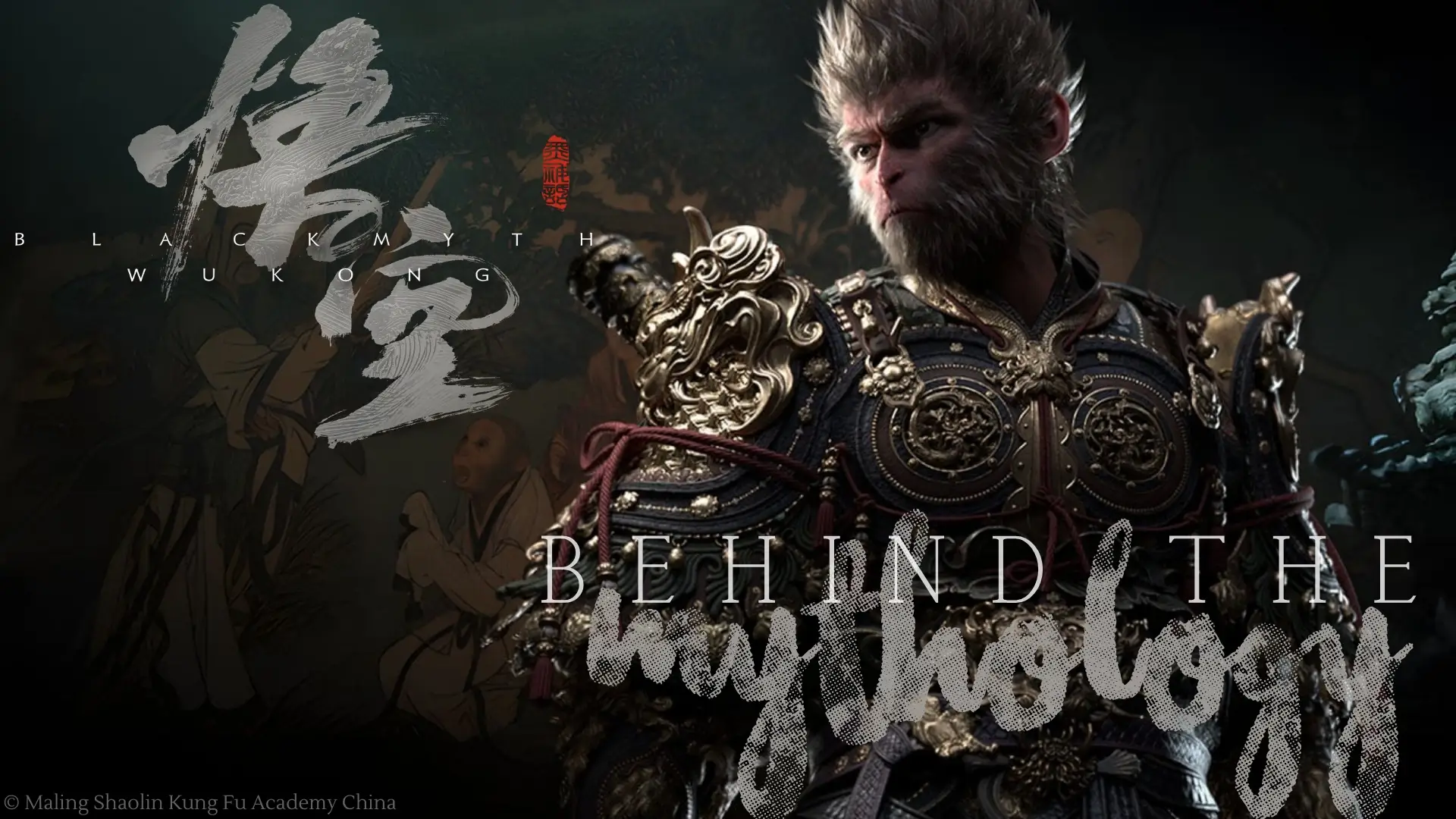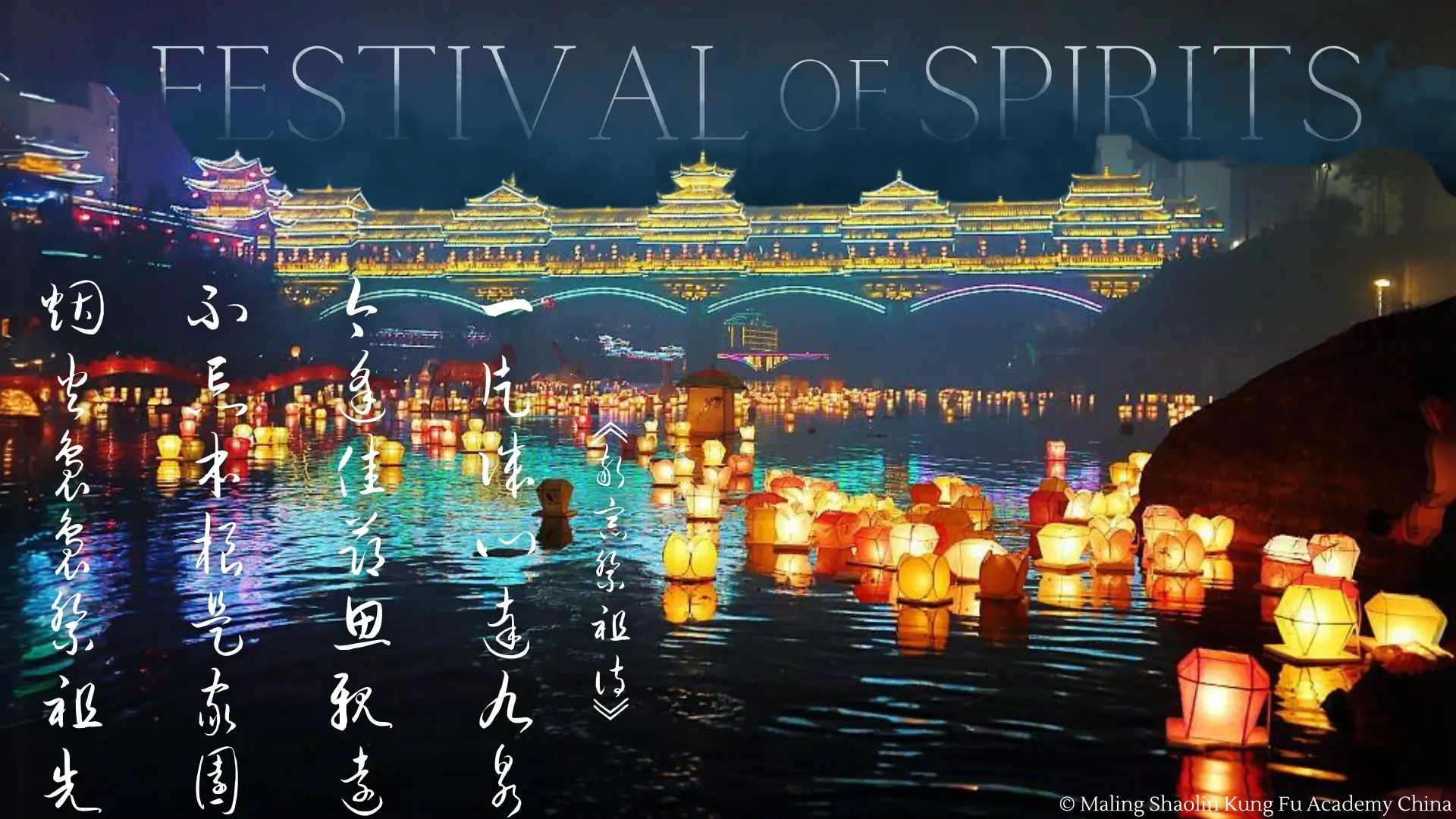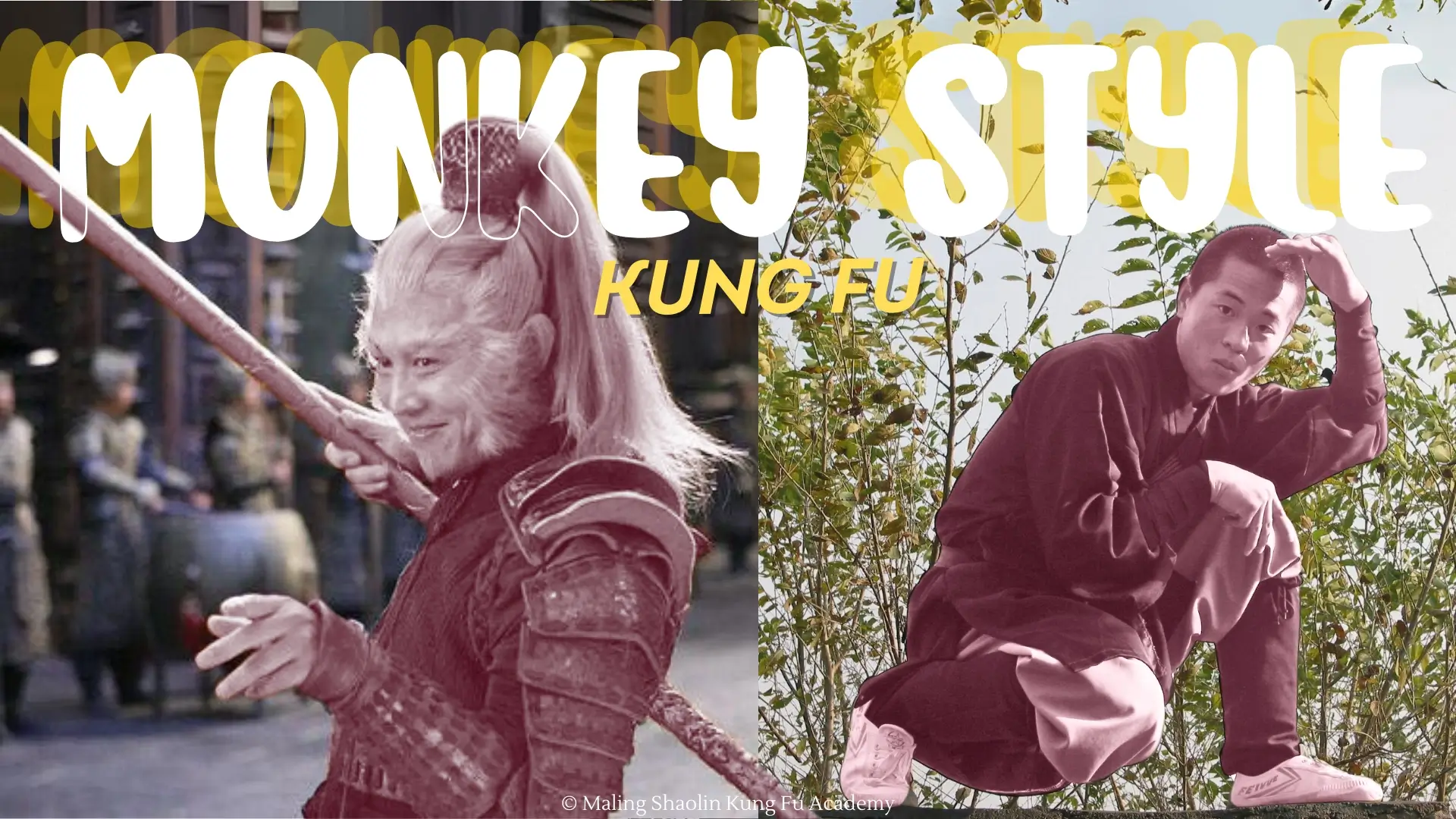LEARN THROUGH
OUR BLOG
The Shaolin Temple is revered not only as the birthplace of Chan (Zen) Buddhism but also as the cradle of Chinese martial arts, particularly Shaolin Kung Fu. The philosophies and practices within the Shaolin Temple are a unique blend of Buddhist teachings, martial discipline, and ethical conduct. This article delves into the various philosophies, precepts, virtues, and the distinctive roles of the monks within the Shaolin Temple.
Luoyang, located in the western part of Henan Province, holds a prestigious place in Chinese history as one of the country’s Four Great Ancient Capitals (中国四大古都). Known as the "Cradle of Chinese Civilization," Luoyang is one of the oldest cities in China, with a history spanning over 4,000 years. It has served as the capital for 13 different dynasties, including the Eastern Zhou, Eastern Han, and Northern Wei, among others.
Did you know that in many Asian countries, including China, students are responsible for cleaning their schools? This tradition goes beyond just maintaining cleanliness; it teaches valuable life skills and cultural values. From instilling a sense of responsibility and discipline to fostering a strong work ethic and respect for labor, participating in cleaning activities benefits students in more ways than one. Even the renowned Shaolin Temple, birthplace of Zen Buddhism and martial arts, incorporates cleaning practices into its disciples' daily routines. Discover the educational, cultural, and spiritual significance of student cleaning in this fascinating exploration.
Robert Downey Jr. is one of Hollywood’s most iconic actors, known for his charismatic performances and remarkable personal transformation. Behind the scenes, a significant aspect of his life has been his dedication to the Chinese martial art of Wing Chun. This ancient discipline has not only played a crucial role in his personal journey but has also influenced his portrayal of the legendary detective Sherlock Holmes in the Guy Ritchie-directed films.
How common is kung fu in China? Is kung fu taught in public school? Kung Fu, or Chinese martial arts, is one of China's most recognizable cultural symbols. It has influenced global pop culture, cinema, and fitness, and is often associated with images of Shaolin monks, ancient warriors, and mystic masters. However, there are many misconceptions about how common Kung Fu is in modern China. This article will explore some frequently asked questions about the prevalence and practice of Kung Fu in China.
Wing Chun (詠春, Yǒng Chūn) is a highly efficient and refined system of Chinese martial arts that focuses on close-range combat. Originating in Southern China, it is renowned for its simplicity, directness, and emphasis on structure and sensitivity over brute force. The art is deeply rooted in the principles of economy of movement and energy efficiency, making it an elegant yet powerful system for self-defense.
"Black Myth: Wukong" is an action RPG developed by Chinese indie studio Game Science set to release tomorrow, August 20, 2024. The game, which has garnered significant global attention, is rooted in the rich tapestry of Chinese mythology, martial arts, and literature, particularly the classic novel "Journey to the West." The game features the legendary Monkey King, Sun Wukong, as its protagonist, blending traditional Chinese storytelling with cutting-edge gameplay and visuals.
The Hungry Ghost Festival, also known as the Spirit Festival, is a traditional Chinese festival held on the 15th night of the seventh lunar month, this year falling on August 18th, 2024. This festival, deeply rooted in Chinese culture and religious beliefs, is dedicated to honoring and appeasing the spirits of deceased ancestors and wandering ghosts.
Monkey Style Kung Fu, also known as Hou Quan, is one of the more playful and distinctive styles in the diverse world of Chinese martial arts. It is characterized by its acrobatic movements, agility, and the mimicry of monkey behavior, making it both visually captivating and highly effective in combat. Read on to learn more about the style, techniques, and presence in global media.
